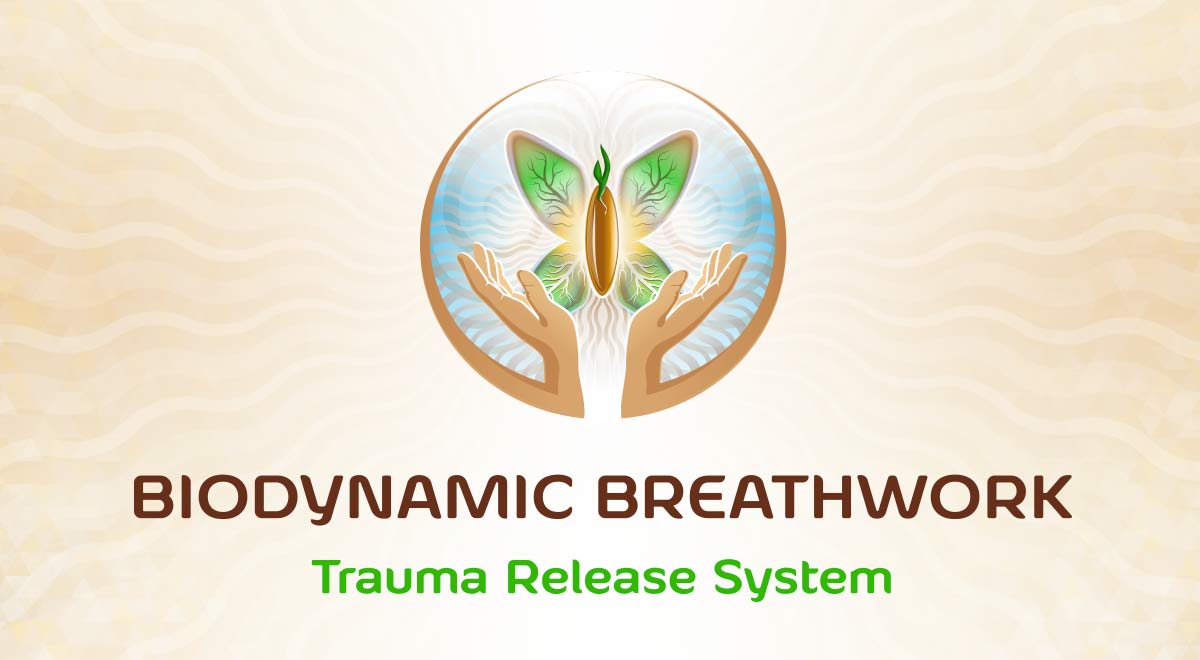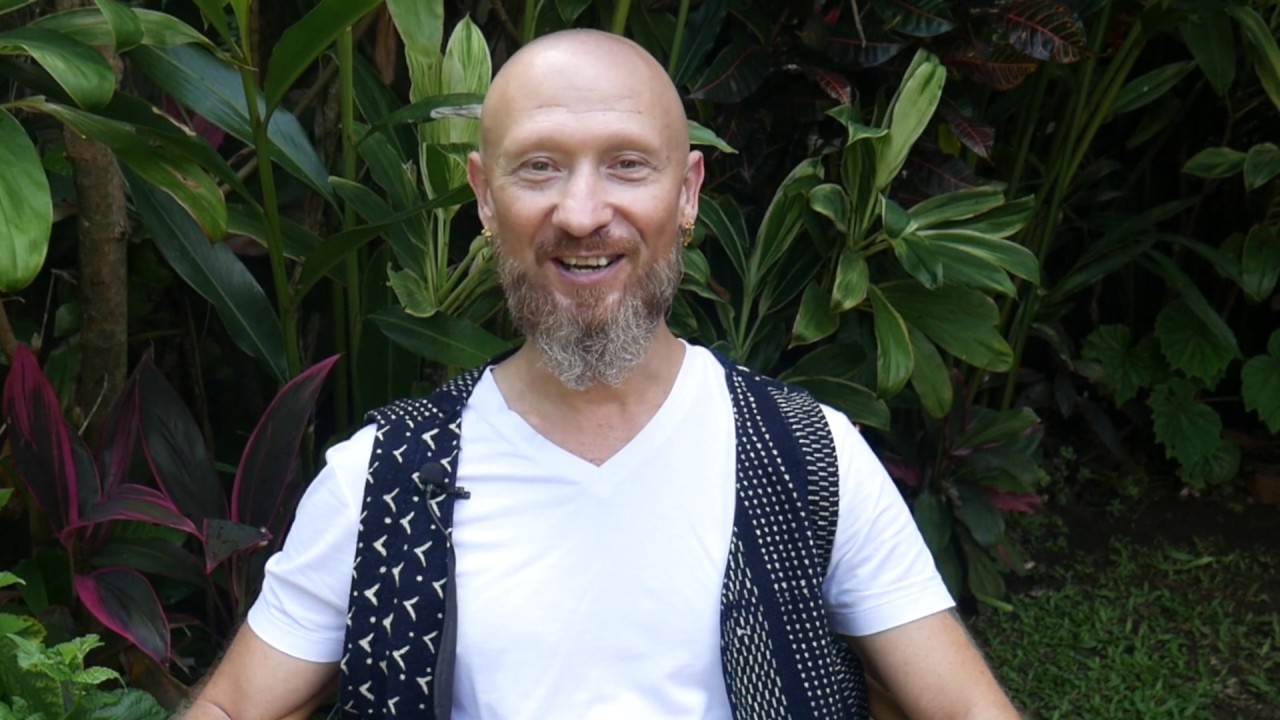Biodynamic Breathwork And Trauma Release - How Does It Benefit You?
A novel method of body-centered therapy is called The Method of Biodynamic Breathwork and Trauma Release (BBTRS). In addition to carefully selected, precise breathing patterns, mindful movement and dance, specialized touch and bodywork techniques, exercises to release tension from within the body, gentle emotional release techniques, exercises to increase self-awareness, and meditation practices, it also includes techniques for releasing tension from the environment. By carefully putting them together in a flow, the body and mind can let go of long-held trauma.
Author:Suleman ShahReviewer:Han JuOct 10, 202223.7K Shares485K Views

A novel method of body-centered therapyis called The Method of Biodynamic Breathwork and Trauma Release(BBTRS).
In addition to carefully selected, precise breathing patterns, mindful movement and dance, specialized touch and bodywork techniques, exercises to release tension from within the body, gentle emotional release techniques, exercises to increase self-awareness, and meditation practices, it also includes techniques for releasing tension from the environment.
By carefully putting them together in a flow, the body and mind can let go of long-held trauma.
What Is Biodynamic Breathwork And Trauma Release?
Given Tonkov created The Method of Biodynamic Breathwork and Trauma Release after more than 20 years of research, education, and experience working with individuals and groups of clients.
The BBTRS tries to break through many layers of body armor and free the body, mind, and nervous system on a mental, emotional, and physical level at the same time.
The BBTRS has the potential to modify ingrained developmental, religious, and social habits. The Method lets a person feel all of their feelings and emotions, and it also makes it easier for them to accept and support the free flow of lifeenergy.

Introduction to BioDynamic Breathwork & Trauma Release System.
BBRTS Key Points
The BBTRS is made up of six key parts that help the body and mind work together and let go of trauma.
- Linked, deep breathing.
- Touch and bodywork (resources, supporting somatic expression).
- Express emotions consciously.
- Dance and motion (including exercises releasing muscle tension).
- Sound.
- Meditation.
The Method of Biodynamic Breathwork and Trauma Release:
- It fosters resilient and dynamic experiences, deeper than with traditional therapies.
- It strengthens the body's natural healing process from start to finish.
- It releases chronic tensions and restructures systems at the cellular level.
- It enables close connections with oneself and others; it enables one to experience the full range of emotions, and impressions, and fully celebrate life.
- It uses the power of breath.
BioDynamic Breathwork Training
Everyone concerned in personal healing, growth, and transformation should take the BBTRS training.
- BBTRS training changes your life deeply and for good, and you don't have to be a professional to get it.
- People who wish to learn how to release trauma using their bodies and breath professionally, and by virtue of that new professional experience (no previous experience is needed).
- Those who already use BBTRS to run sessions can learn more and get better at what they do.
BioDynamic Breathwork Reviews
Nail Karademir says on Facebook.
The teachers and community are resourceful, safe and spiritual. I feel very lucky for the opportunity to learn from them. I highly recommend.
People Also Ask
Can Breathwork Release Trauma?
The processing and release of traumatic experiences can be aided by conscious breathing and breathwork. Breathwork can help us heal, let go of, and fix parts of ourselves that have been hurt by traumatic events. It can also help reduce anxietyand manage stress in many ways.
What Is BioDynamic Breathing?
The profound and ground-breaking approach of embodiment and breathwork known as BioDynamic Breathwork combines deep, connected breathing with mindful movement, sound healing, soft emotional release, touch, and meditation.
What Is Somatic Release Breathwork?
The two-part pranayama (breathing practice) used in Somatic Breath-work Healing (SBH) induces an altered state of consciousness in the neurological system. From this position, energy and emotions that have been frozen or stuck melt and enter the scene.
Conclusion
Depending on whether you want to use this modality exclusively in the virtual world or whether you want to provide hands-on, in-person client work, Biodynamic breathwork and trauma release provides two flexible professional training routes that allow you to study either exclusively from home or combine home study with their life-changing, in-person training workshops.

Suleman Shah
Author
Suleman Shah is a researcher and freelance writer. As a researcher, he has worked with MNS University of Agriculture, Multan (Pakistan) and Texas A & M University (USA). He regularly writes science articles and blogs for science news website immersse.com and open access publishers OA Publishing London and Scientific Times. He loves to keep himself updated on scientific developments and convert these developments into everyday language to update the readers about the developments in the scientific era. His primary research focus is Plant sciences, and he contributed to this field by publishing his research in scientific journals and presenting his work at many Conferences.
Shah graduated from the University of Agriculture Faisalabad (Pakistan) and started his professional carrier with Jaffer Agro Services and later with the Agriculture Department of the Government of Pakistan. His research interest compelled and attracted him to proceed with his carrier in Plant sciences research. So, he started his Ph.D. in Soil Science at MNS University of Agriculture Multan (Pakistan). Later, he started working as a visiting scholar with Texas A&M University (USA).
Shah’s experience with big Open Excess publishers like Springers, Frontiers, MDPI, etc., testified to his belief in Open Access as a barrier-removing mechanism between researchers and the readers of their research. Shah believes that Open Access is revolutionizing the publication process and benefitting research in all fields.

Han Ju
Reviewer
Hello! I'm Han Ju, the heart behind World Wide Journals. My life is a unique tapestry woven from the threads of news, spirituality, and science, enriched by melodies from my guitar. Raised amidst tales of the ancient and the arcane, I developed a keen eye for the stories that truly matter. Through my work, I seek to bridge the seen with the unseen, marrying the rigor of science with the depth of spirituality.
Each article at World Wide Journals is a piece of this ongoing quest, blending analysis with personal reflection. Whether exploring quantum frontiers or strumming chords under the stars, my aim is to inspire and provoke thought, inviting you into a world where every discovery is a note in the grand symphony of existence.
Welcome aboard this journey of insight and exploration, where curiosity leads and music guides.
Latest Articles
Popular Articles